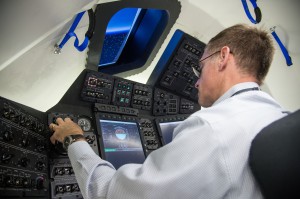 The CST-100 spacecraft Boeing is developing to take astronauts to the International Space Station will feature a crew interface system computer and displays built by Aitech Defense Systems of Chatsworth, California. Aitech’s work will allow pilots of the CST to assume direct control over the spacecraft in orbit to adjust its attitude, height and direction with precision.
The CST-100 spacecraft Boeing is developing to take astronauts to the International Space Station will feature a crew interface system computer and displays built by Aitech Defense Systems of Chatsworth, California. Aitech’s work will allow pilots of the CST to assume direct control over the spacecraft in orbit to adjust its attitude, height and direction with precision.
Three CST-100s are to be built at Boeing’s Kennedy Space Center location in preparation for a pad abort test, unpiloted flight test and piloted flight test to the station in 2017. The spacecraft will include numerous systems and subsystems built by subcontractors all over America.
NASA’s Commercial Crew Program is working with Boeing and SpaceX under separate Commercial Crew Transportation Capability contracts to return crew launch capabilities to the United States. The new spacecraft also will increase research capacity on the station by adding a crew member to the orbiting laboratory and allowing scientific time available to double to 80 hours a week.

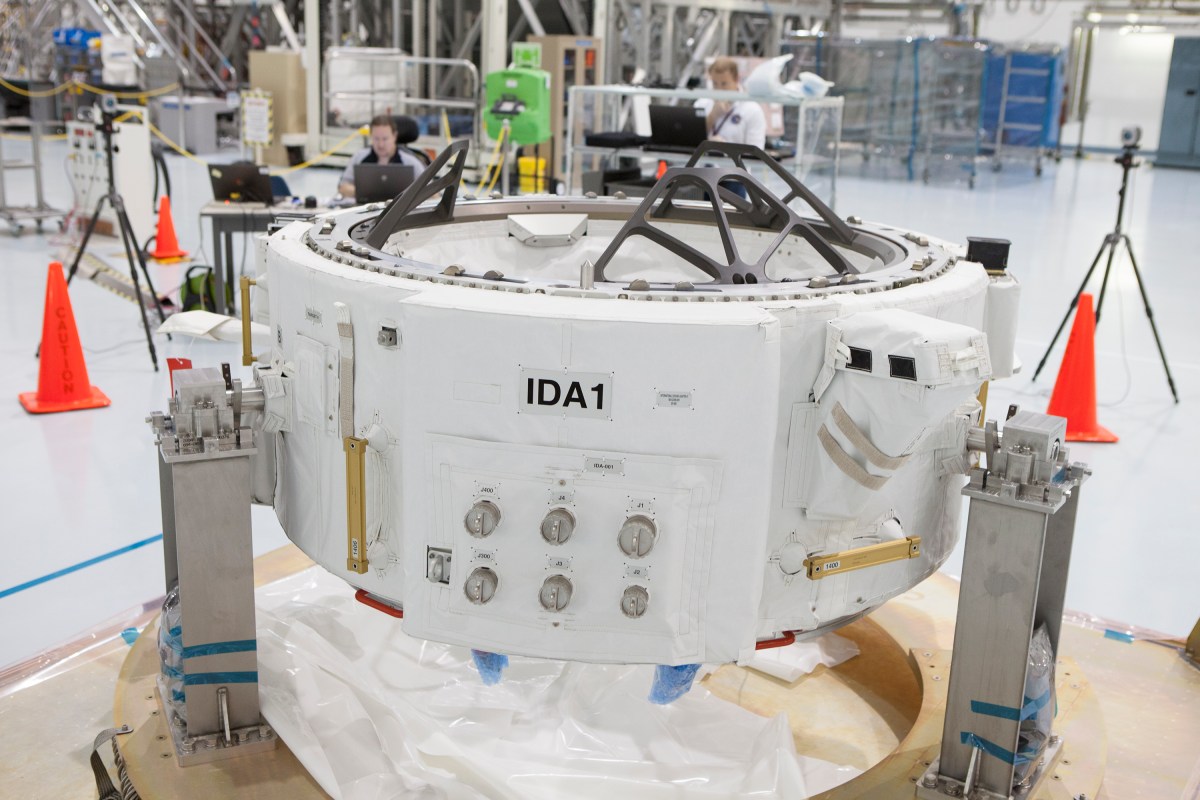

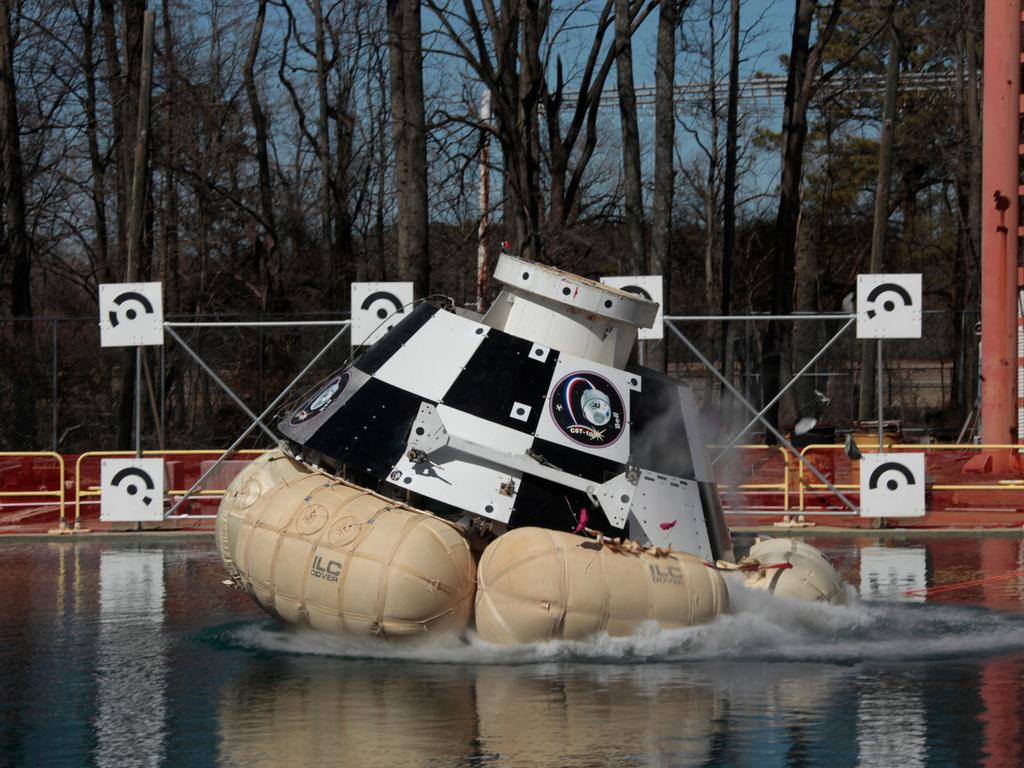
 Boeing took its CST-100 spacecraft mock-up and a scale model to NASA’s Langley Research Center in Hampton, Va., recently for a series of tests designed to evaluate different aspects of the design. The CST-100 is the spacecraft Boeing is developing in partnership with NASA’s Commercial Crew Program to carry astronauts to the International Space Station using American spacecraft and rockets launching from the United States. The full-scale version of thespacecraft was dropped into water at Langley to judge how the spacecraft would behave in case it had to make a quick return to Earth and could not land on the ground. The CST-100 is designed to descend from orbit under parachutes with inflatable bags cushioning the landing for crew members inside. A smaller model was used inside one of the Langley wind tunnels to determine how the air flows around the outside of the spacecraft when it inside Earth’s atmosphere and different phases of flight. Read more about this critical evaluation cycle for the CST-100 at
Boeing took its CST-100 spacecraft mock-up and a scale model to NASA’s Langley Research Center in Hampton, Va., recently for a series of tests designed to evaluate different aspects of the design. The CST-100 is the spacecraft Boeing is developing in partnership with NASA’s Commercial Crew Program to carry astronauts to the International Space Station using American spacecraft and rockets launching from the United States. The full-scale version of thespacecraft was dropped into water at Langley to judge how the spacecraft would behave in case it had to make a quick return to Earth and could not land on the ground. The CST-100 is designed to descend from orbit under parachutes with inflatable bags cushioning the landing for crew members inside. A smaller model was used inside one of the Langley wind tunnels to determine how the air flows around the outside of the spacecraft when it inside Earth’s atmosphere and different phases of flight. Read more about this critical evaluation cycle for the CST-100 at 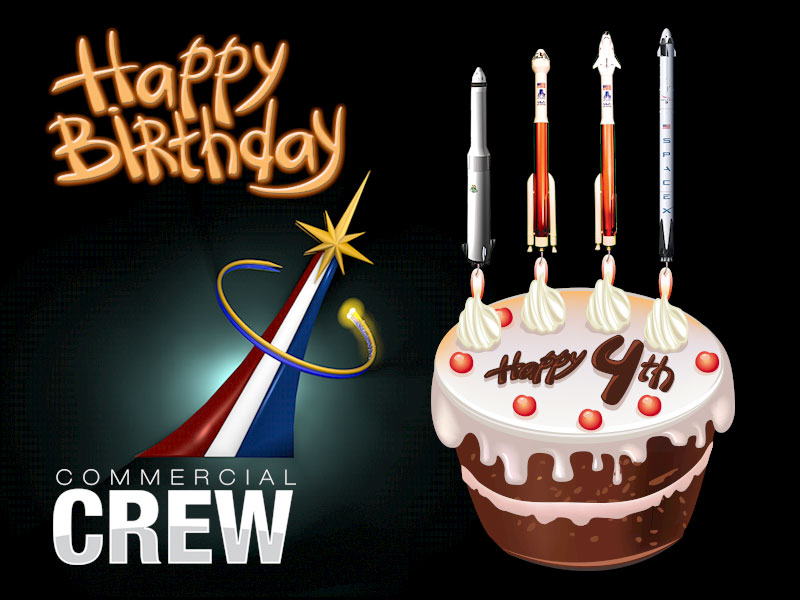
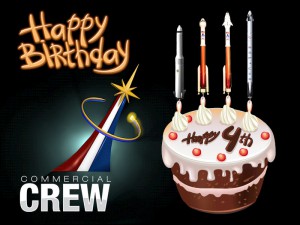
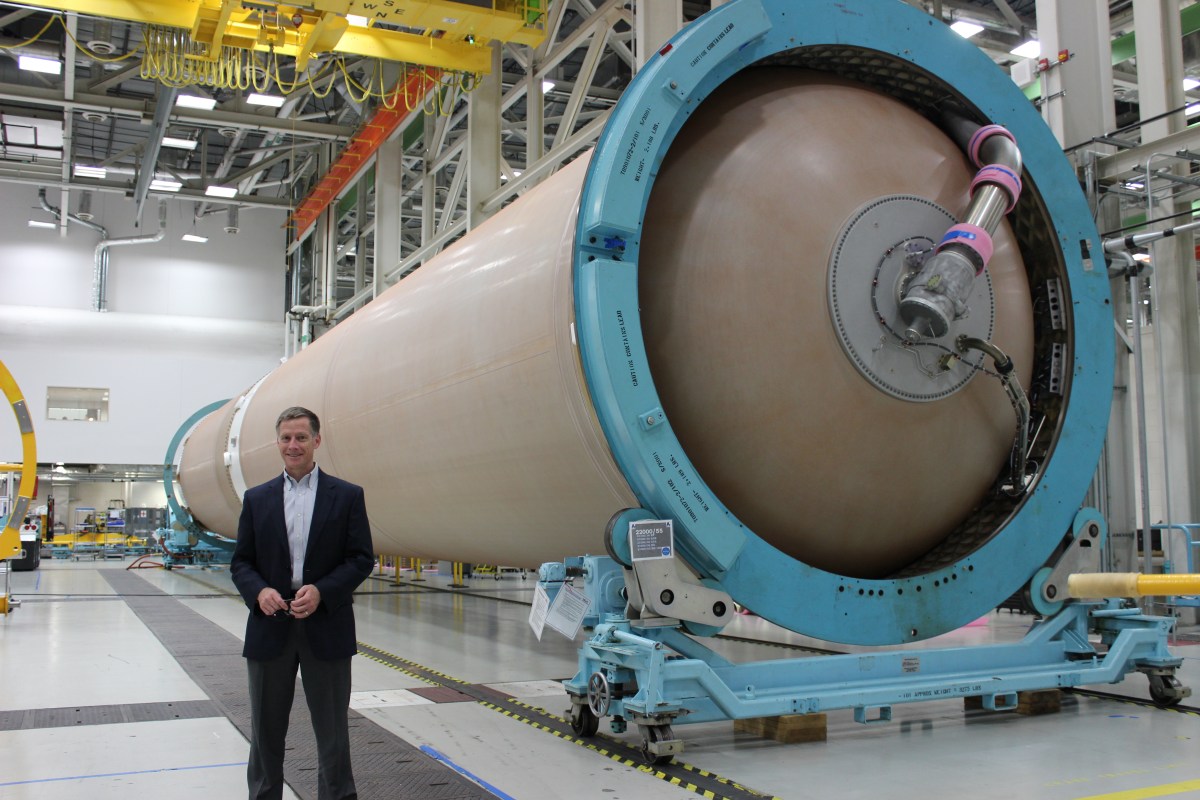
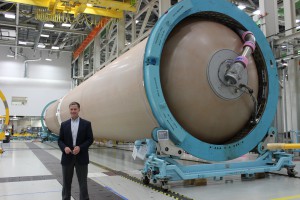 Their tail numbers are AV-073 and AV-080 and they are two of the Atlas V rockets expected to make history when they launch Boeing’s CST-100 on a pair of flight tests to set the stage for operational flights in the future carrying astronauts to the International Space Station. The first flight will not carry anyone but will perform orbital checkouts to prove the CST-100 systems. The second flight is to have people aboard and run a mission profile similar to the ones NASA will ask for when it begins regular Commercial Crew missions to the orbiting laboratory. Read the full story at
Their tail numbers are AV-073 and AV-080 and they are two of the Atlas V rockets expected to make history when they launch Boeing’s CST-100 on a pair of flight tests to set the stage for operational flights in the future carrying astronauts to the International Space Station. The first flight will not carry anyone but will perform orbital checkouts to prove the CST-100 systems. The second flight is to have people aboard and run a mission profile similar to the ones NASA will ask for when it begins regular Commercial Crew missions to the orbiting laboratory. Read the full story at 

